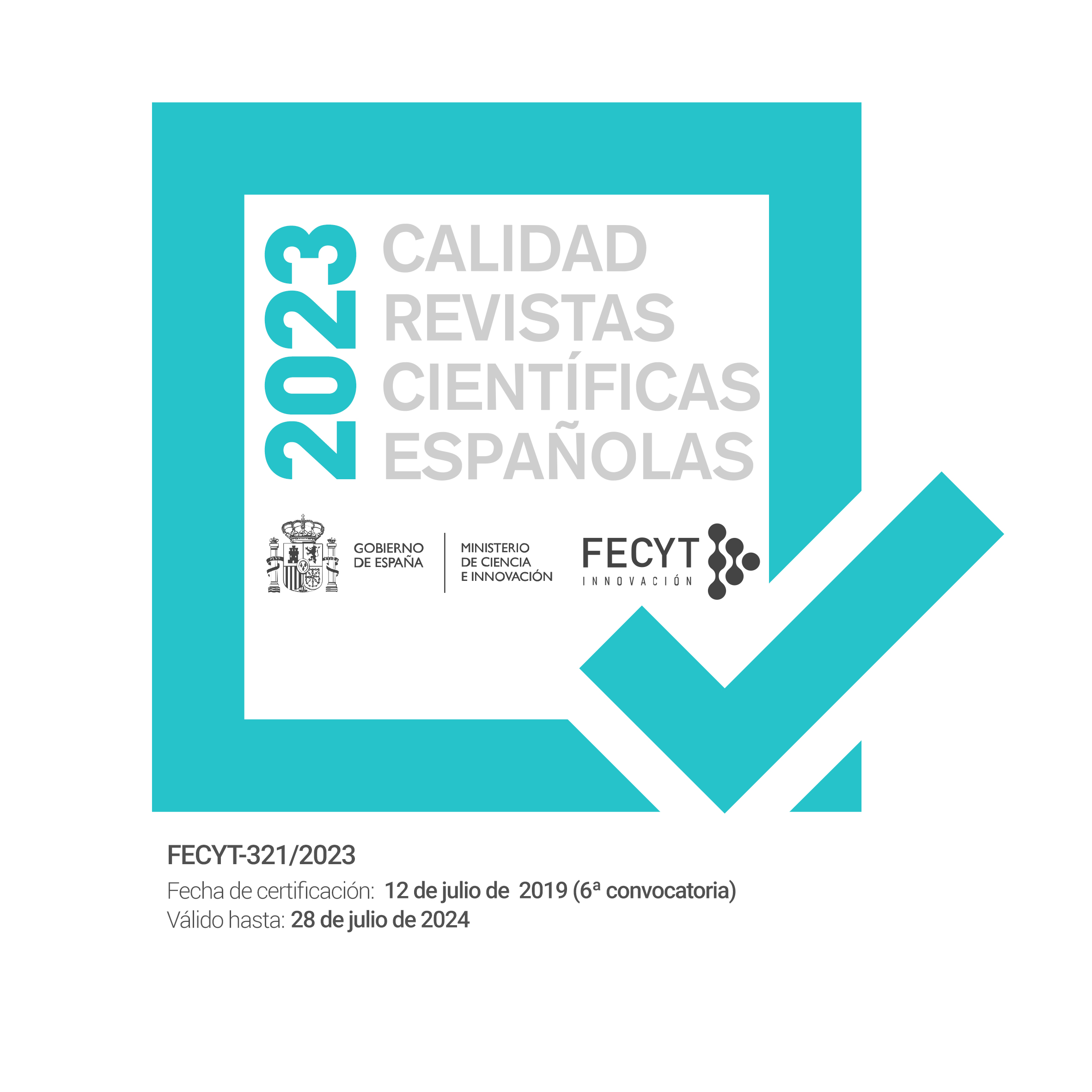The third water revolution. Urbanization, management and pollution of water: The case of Tepatitlán de Morelos, Jalisco, México, during the XX century
DOI:
https://doi.org/10.17561/at.v1i1.1041Abstract
In this paper, the water supply in the city of Tepatitlán in Jalisco, Mexico, is reviewed throughout the XX century and the first decade of XXI century. The management of water was made at the beginning of XX century from superficial exploitation, like rivers and superficial wells. Through the politics of Mexico to concentrate population, the construction of dams which keep enough water to guarantee the supply of greater population was necessary. With the security of water, more habitants were attracted by the city, in a geographical context of shortage of water, since it depends of use of rainwater during three months of the year. During the last 20 years of the XX century, with the dependence on water extracted from wells, some of them with more than 300 meters, the population modified their practices, so the water drainings by the rivers and streams became the drainage on the surface. At the beginning of the XXI century the region was consolidated for a competition for water, with the big cities, but as well with industries, agriculture and cattle raising.Downloads
Published
How to Cite
Issue
Section
License
© Universidad de Jaén-Seminario Permanente Agua, territorio y medio ambiente-CSIC.
The originals published in the printed and electronic editions of this journal are the property of the University of Jaén and the Seminario Permanente Agua, territorio y medio ambiente (CSIC), as well as the universities that publish specific monographs in Latin America or Europe. The origin must be cited in any partial or total reproduction.
Unless otherwise indicated, all the contents of the electronic edition are distributed under a "Creative Commons Attribution 4.0 Spain" (CC-by) licence. You can consult from here the informative version and the legal text of the license. This circumstance must be expressly stated in this way when necessary.














